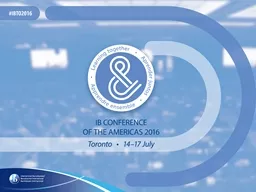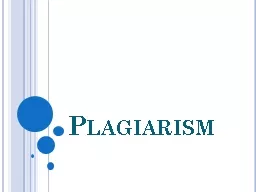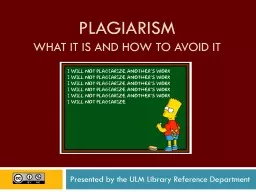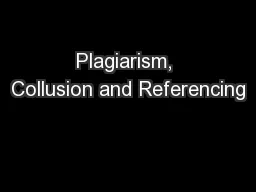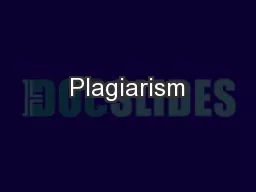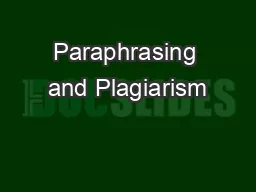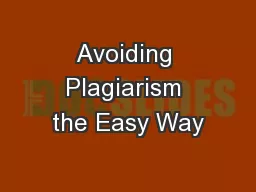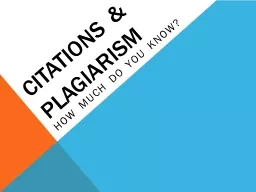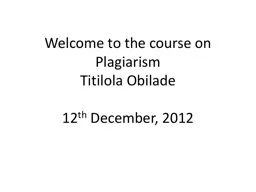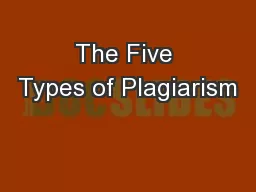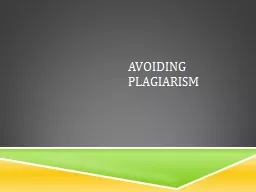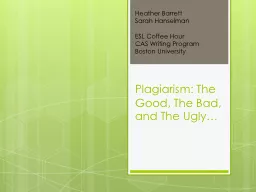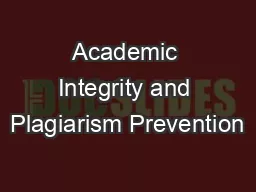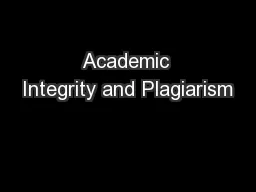PPT-Control C: Detecting and Deterring Plagiarism in a Digital
Author : tatyana-admore | Published Date : 2017-03-29
Workshop and Powerpoint Catherine Bacque catherinebacquetdsbonca eyebeebacquegmailcom What is Plagiarism The IB Position Paper Academic Honesty in the IB Jude
Presentation Embed Code
Download Presentation
Download Presentation The PPT/PDF document "Control C: Detecting and Deterring Plagi..." is the property of its rightful owner. Permission is granted to download and print the materials on this website for personal, non-commercial use only, and to display it on your personal computer provided you do not modify the materials and that you retain all copyright notices contained in the materials. By downloading content from our website, you accept the terms of this agreement.
Control C: Detecting and Deterring Plagiarism in a Digital: Transcript
Download Rules Of Document
"Control C: Detecting and Deterring Plagiarism in a Digital"The content belongs to its owner. You may download and print it for personal use, without modification, and keep all copyright notices. By downloading, you agree to these terms.
Related Documents

